Laowa 15mm f/4.5 Macro Review: Is It a Landscape or Macro Lens? Yes.
Venus Optics’ Laowa brand is known for its weird and wonderful lens designs. Sometimes, they are exquisite, unique designs that bring versatility to the photographer’s bag. Other times, the lenses are budget alternatives that trade some optical performance in the name of “character.” The latest version of the Laowa 15mm f/4.5 Macro is definitely in the latter category, but that doesn’t mean that it lacks value. At $399, this is a solid, budget-friendly optic.
Laowa 15mm f/4.5 Macro Review: How it Feels


The first thing I want to address with the 15mm Macro lens is its optical design. There is already a Laowa 15mm f/4 Macro lens, originally designed for DSLRs. The new Laowa 15mm f/4.5, which is available for some DSLR mounts and additional mirrorless ones, has a slightly slower aperture, 1:2 magnification instead of 1:1, more elements, and a more compact design. The Laowa 15mm f/4.5 weighs only 10.8 ounces (308 grams) and features a smaller 62mm filter diameter. Its predecessor, on the other hand, weighs 410 grams (14.5 ounces) and takes large 77mm filters.

The design of the new Laowa 15mm f/4.5 lens depends a bit on the selected mount. On the Sony a7R V I tested it on, there is no aperture ring, but if you buy it for Canon RF, Leica L, or Nikon F, there is an aperture ring. Why would Laowa do this?

This new 15mm Macro lens has a significant advantage over its predecessor. It is still a manual focus lens but the E-mount lens I tested provides full electrical connection with the camera, transmitting all EXIF data and focal length information for image stabilization. This makes the lens far more convenient than before and simplifies the overall process by automatically relaying data to the camera body.
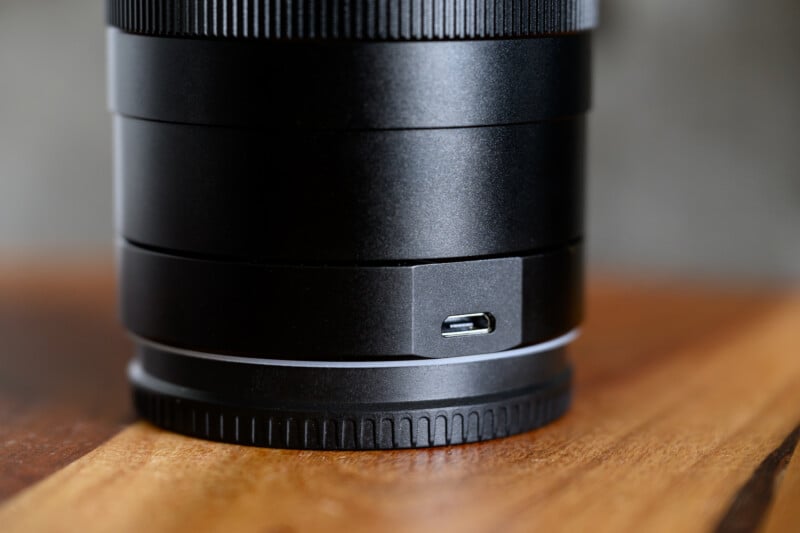
The Laowa 15mm f/4.5 is constructed out of solid metal and has a very smooth manual focusing ring. It is quite a short throw, so focusing is quick to accomplish. There is nothing in the way of extra controls or buttons on the Sony E-mount version, save for a micro-USB type A port for firmware updates. The metal hood that comes with the 15mm is quite small and surprisingly tight-fitting on the lens barrel. The construction is very good overall and belies the low cost of this lens.

Laowa 15mm f/4.5 Macro Review: How it Shoots
I want to mention specifically the aperture blades in this lens because Laowa has decided to go with a classically designed five-bladed aperture. This is a trade-off in image characteristics. The sunstars out of the Laowa have dramatic tines and are quite eye-catching, but the bokeh suffers accordingly. Out-of-focus areas in the background look harsh and distracting, and any specular highlights form very noticeable pentagons.

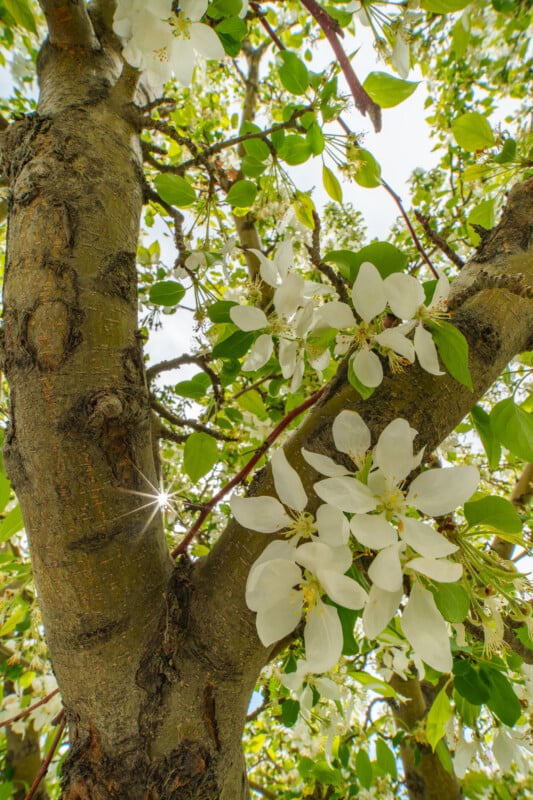
In most cases, the background will be mostly in focus due to the relatively slow apertures and extremely wide angle, but when focusing at macro ranges, soft backgrounds are the norm, and I wish they looked softer and smoother overall. I also noticed some flare issues when shooting towards bright light sources. Ghosting is well controlled, but the opposite corners from the light sources tend to wash out and lose contrast. Some compromises have to be made when a lens is so affordable.
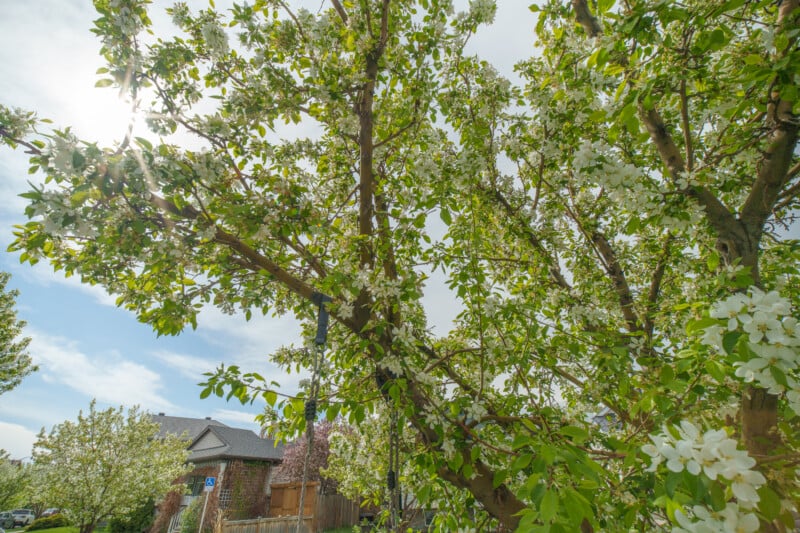

Sharpness is decent, even at f/4.5, and I liked the detail toward the center of the image. Stopping down the lens provides a little more contrast if you desire it. The corners suffer a little bit, though. Not only are they a little soft at f/4.5, but they stay that way when stopping the lens down, too. Honestly, the retained detail is still quite good, but the fact that this lens is so wide means that distortion inevitably affects the corners. Landscapes will render nicely at moderate apertures like f/8, but you’ll always have to work around the distortion and softer corners.

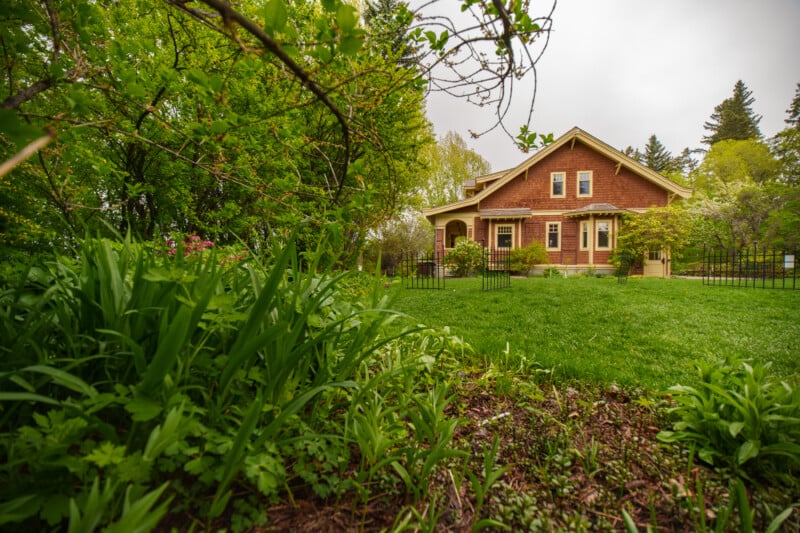
![]()
This lens does say macro all over it, but how good are the results? Due to the nature of this ultra-wide-angle lens, the best 1:2 macro ratio is only achieved with the lens practically touching the subject. This means that shadows from the lens itself are always an issue, and the lens has to be essentially on top of subjects, which might be untenable. I do like the exaggerated look to the background being pushed farther away, which can give a deep and extremely three-dimensional look to images.

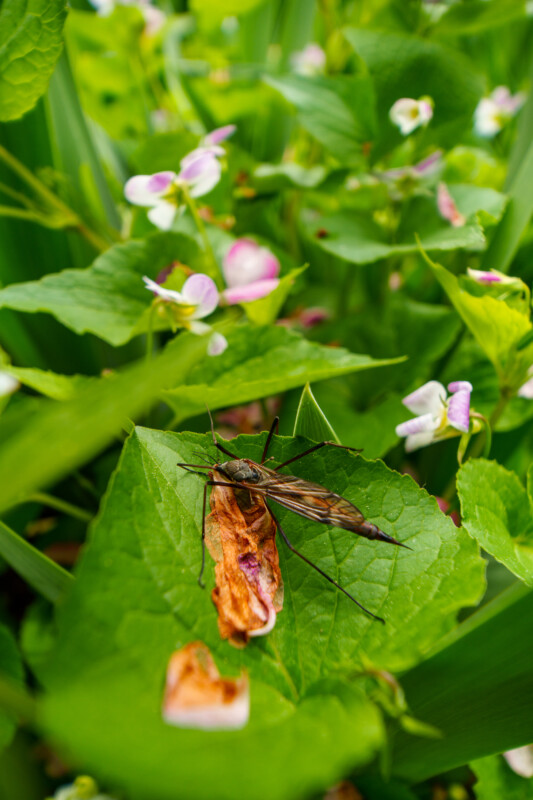
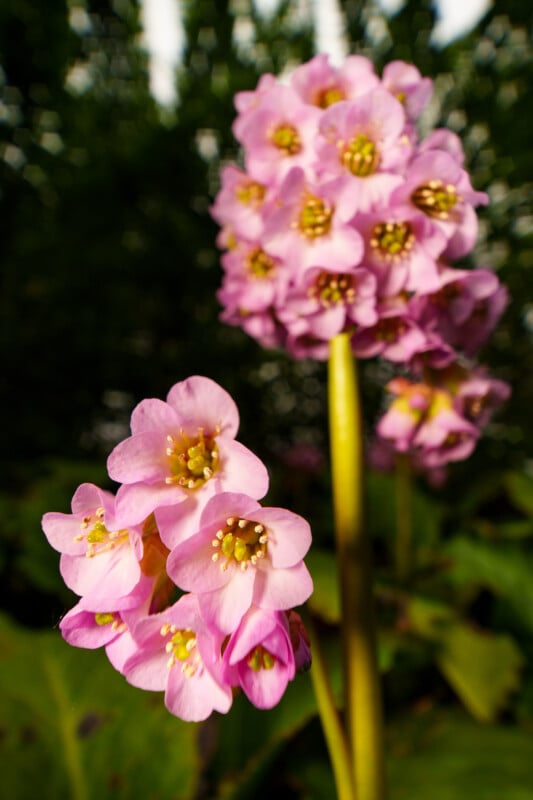
Ultimately, the Laowa 15mm f/4.5 Macro lens makes for a fun lens to throw in the bag and go from ultra-wide landscape to in-close macro lens. You can get some very dramatic wide shots or crop in a little to cover up the corners and get a more moderate wide-angle look. I love having the electrical connection with the camera body, and the optical limitations, such as harsh polygonal bokeh and some flare, might actually be visually compelling in certain shots. As long as you manage your expectations, the little Laowa becomes a handy and unique optic for only $399.
![]()
![]()
![]()
Are There Alternatives?
The older version of the Laowa 15mm f/4 is still available on the market, but I’d only consider buying it now if I could get it for a significantly reduced price.
Should You Buy It?
Yes. Not everyone will enjoy the quirkiness and “character” of this lens, but you can’t beat the price, and it is undeniably a fun, unusual lens.